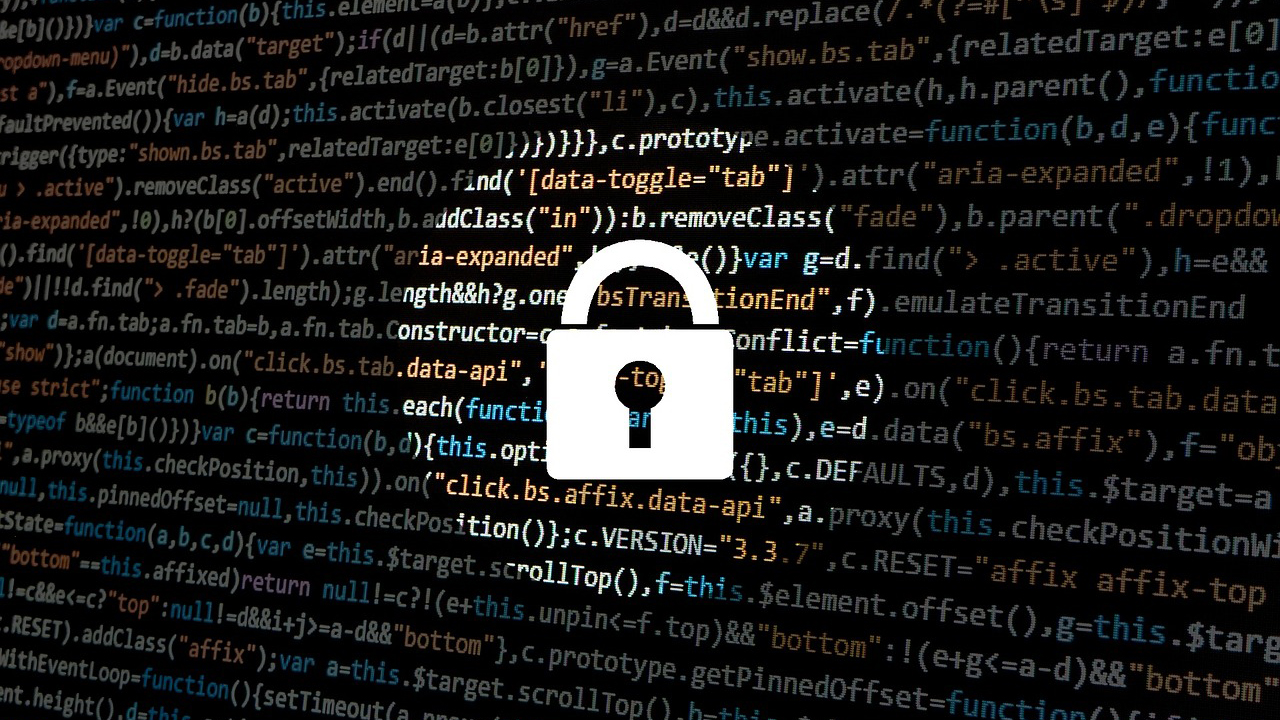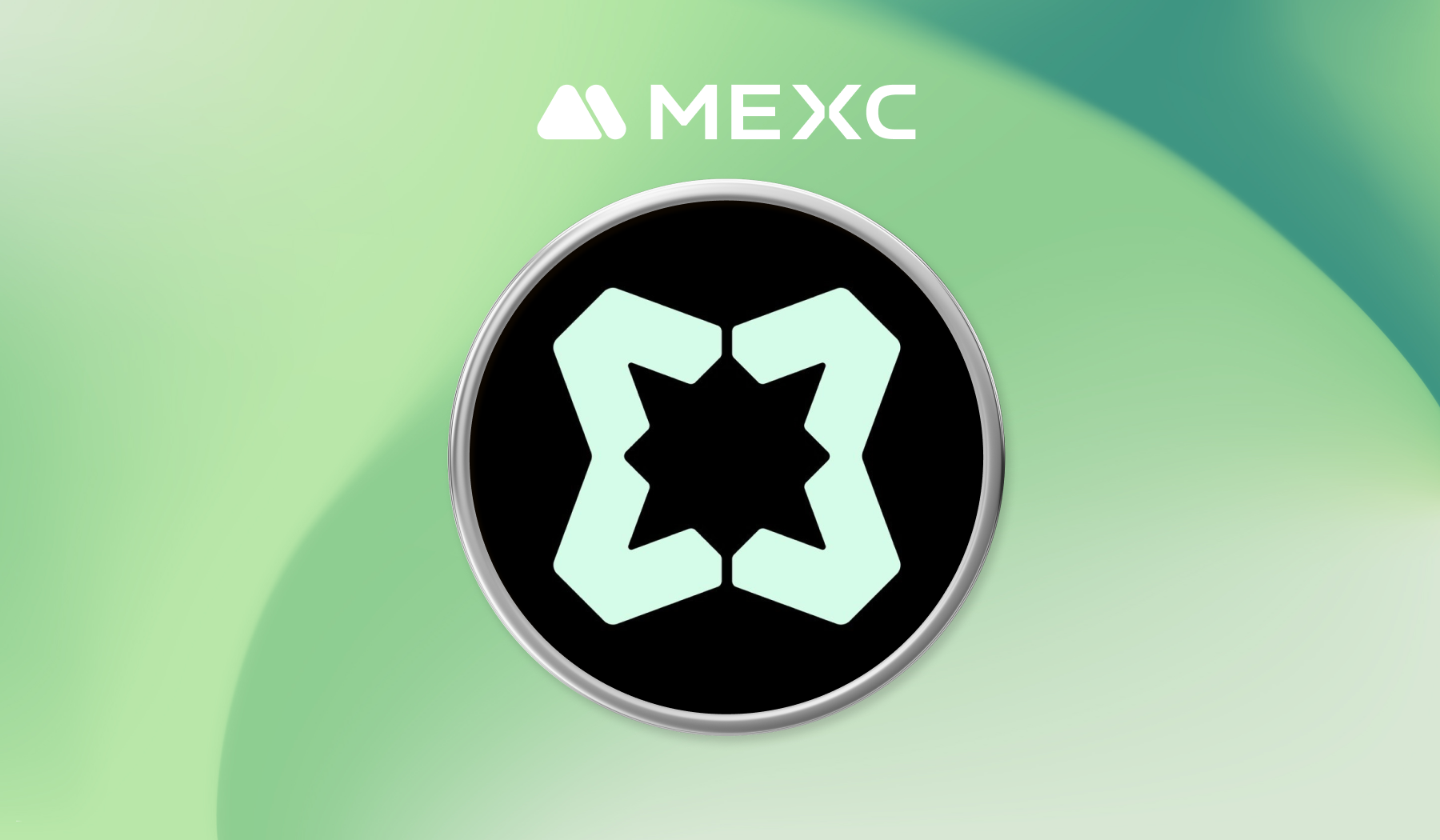Deutsche Telekom's Strategic Approach to Software Licensing: Innovation Meets Efficiency
Abstract: In today’s digital era, effective software licensing is key to maintaining competitive advantage and operational efficiency. This post explores Deutsche Telekom’s holistic approach to managing a diverse software portfolio, emphasizing strategic vendor relationships, cost optimization, compliance, scalability, and pioneering blockchain innovations. By providing in-depth background, core concepts, real-life applications, challenges, and future outlooks, we showcase how this telecommunications giant sets industry benchmarks while embracing open-source funding models and sustainable practices. Introduction In an ever-evolving technology landscape, software licensing has emerged as one of the pillars for business growth and innovation. Global enterprises such as Deutsche Telekom have taken a strategic stance toward license management, aligning their business objectives with operational efficiency and digital transformation. This post examines the key components of Deutsche Telekom’s licensing strategy, discusses its applications, and provides insights into future innovations such as blockchain-based licensing mechanisms. Using structured tables, bullet lists, clear language, and technical details, we explore how this strategy contributes to a sustainable and competitive business model. Background and Context Software licensing is more than just a legal formality—it is an essential framework that balances intellectual property rights, cost control, and access to innovative technologies. For a company like Deutsche Telekom, which serves both consumer and enterprise markets, managing dozens or even hundreds of licenses across diverse legal landscapes is a complex challenge. Historically, software licensing began as a straightforward model of one-time payments or annual subscriptions. However, with the rise of digital transformation, cloud services, and vendor-specific licensing models, the landscape has evolved. Today’s ecosystem demands: Compliance and Risk Management: Advanced software tracking to mitigate non-compliance risks. Scalability: Licensing solutions that adapt to rapid technological shifts and business growth. Cost Optimization: Data analytics to ensure that license expenditure correlates directly to usage and value. These needs have pushed Deutsche Telekom to innovate and form strategic partnerships, ensuring that their approach remains flexible, efficient, and forward-thinking. Core Concepts and Features Deutsche Telekom’s licensing model is built on several core components that interlink to drive performance and innovation. Below is a bullet list summarizing the key aspects: Diverse Portfolio Management: Catering to a broad spectrum—from consumer devices to enterprise solutions—this aspect ensures that all licensing agreements support diverse operational demands. Reference: Learn more about Deutsche Telekom's global footprint on their global footprint page. Cultivating Vendor Relationships: Strong partnerships with software vendors allow Deutsche Telekom to negotiate favorable terms, enjoy early access to innovations, and ensure continuous support. Reference: Visit their company page for insight into how they manage these relationships. Ensuring Compliance and Risk Management: Using advanced tracking systems and robust audit mechanisms helps mitigate legal risks and secure financial stability. Cost Optimization: Relying on detailed analytics and usage data, Deutsche Telekom refines license utilization, thereby lowering costs while ensuring maximum value from each software investment. Reference: Their media page explores aspects of cost management and operational efficiency. Flexibility and Scalability: Licensing agreements are designed to be agile, supporting scalability and flexibility to keep pace with rapid digital transformation. Reference: The what we do page provides detailed insights into their adaptable operational framework. Pioneering Innovations such as Blockchain Integration: By exploring blockchain for transparent and secure licensing records, Deutsche Telekom is setting the stage for a future where licensing processes become fully automated through smart contracts. Reference: The concept of smart contracts on blockchain underlines this initiative. Additionally, Deutsche Telekom’s sustainability initiatives also impact their licensing practices. Incorporating sustainability in business models not only meets regulatory requirements but promotes corporate responsibility and long-term viability. More details are available on their sustainability page. Table: Key Components of Deutsche Telekom’s Licensing Strategy Component Description Diverse Portfolio Management Managing a wide range of software products across consumer and enterprise markets requiring tailored licensing agreements. Vendor Relationships Strategic collaborations with vendors for favorable terms and access to early technology innovati
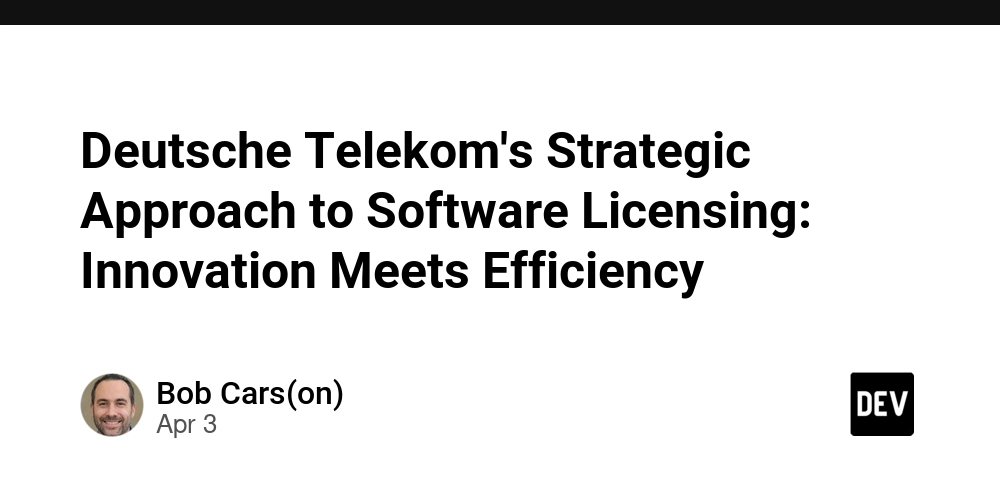
Abstract:
In today’s digital era, effective software licensing is key to maintaining competitive advantage and operational efficiency. This post explores Deutsche Telekom’s holistic approach to managing a diverse software portfolio, emphasizing strategic vendor relationships, cost optimization, compliance, scalability, and pioneering blockchain innovations. By providing in-depth background, core concepts, real-life applications, challenges, and future outlooks, we showcase how this telecommunications giant sets industry benchmarks while embracing open-source funding models and sustainable practices.
Introduction
In an ever-evolving technology landscape, software licensing has emerged as one of the pillars for business growth and innovation. Global enterprises such as Deutsche Telekom have taken a strategic stance toward license management, aligning their business objectives with operational efficiency and digital transformation. This post examines the key components of Deutsche Telekom’s licensing strategy, discusses its applications, and provides insights into future innovations such as blockchain-based licensing mechanisms. Using structured tables, bullet lists, clear language, and technical details, we explore how this strategy contributes to a sustainable and competitive business model.
Background and Context
Software licensing is more than just a legal formality—it is an essential framework that balances intellectual property rights, cost control, and access to innovative technologies. For a company like Deutsche Telekom, which serves both consumer and enterprise markets, managing dozens or even hundreds of licenses across diverse legal landscapes is a complex challenge.
Historically, software licensing began as a straightforward model of one-time payments or annual subscriptions. However, with the rise of digital transformation, cloud services, and vendor-specific licensing models, the landscape has evolved. Today’s ecosystem demands:
- Compliance and Risk Management: Advanced software tracking to mitigate non-compliance risks.
- Scalability: Licensing solutions that adapt to rapid technological shifts and business growth.
- Cost Optimization: Data analytics to ensure that license expenditure correlates directly to usage and value.
These needs have pushed Deutsche Telekom to innovate and form strategic partnerships, ensuring that their approach remains flexible, efficient, and forward-thinking.
Core Concepts and Features
Deutsche Telekom’s licensing model is built on several core components that interlink to drive performance and innovation. Below is a bullet list summarizing the key aspects:
Diverse Portfolio Management:
Catering to a broad spectrum—from consumer devices to enterprise solutions—this aspect ensures that all licensing agreements support diverse operational demands.
Reference: Learn more about Deutsche Telekom's global footprint on their global footprint page.Cultivating Vendor Relationships:
Strong partnerships with software vendors allow Deutsche Telekom to negotiate favorable terms, enjoy early access to innovations, and ensure continuous support.
Reference: Visit their company page for insight into how they manage these relationships.Ensuring Compliance and Risk Management:
Using advanced tracking systems and robust audit mechanisms helps mitigate legal risks and secure financial stability.Cost Optimization:
Relying on detailed analytics and usage data, Deutsche Telekom refines license utilization, thereby lowering costs while ensuring maximum value from each software investment.
Reference: Their media page explores aspects of cost management and operational efficiency.Flexibility and Scalability:
Licensing agreements are designed to be agile, supporting scalability and flexibility to keep pace with rapid digital transformation.
Reference: The what we do page provides detailed insights into their adaptable operational framework.Pioneering Innovations such as Blockchain Integration:
By exploring blockchain for transparent and secure licensing records, Deutsche Telekom is setting the stage for a future where licensing processes become fully automated through smart contracts.
Reference: The concept of smart contracts on blockchain underlines this initiative.
Additionally, Deutsche Telekom’s sustainability initiatives also impact their licensing practices. Incorporating sustainability in business models not only meets regulatory requirements but promotes corporate responsibility and long-term viability. More details are available on their sustainability page.
Table: Key Components of Deutsche Telekom’s Licensing Strategy
| Component | Description |
|---|---|
| Diverse Portfolio Management | Managing a wide range of software products across consumer and enterprise markets requiring tailored licensing agreements. |
| Vendor Relationships | Strategic collaborations with vendors for favorable terms and access to early technology innovations. |
| Compliance & Risk Management | Advanced tracking and auditing systems to mitigate non-compliance risks, ensuring legal safety and financial security. |
| Cost Optimization | Utilizing data analytics and usage trends to optimize license spend and maximize return on investment. |
| Flexibility & Scalability | Licensing models that adapt to rapid market changes and evolving digital ecosystems. |
| Blockchain and Smart Contracts | Innovative integration of blockchain technology to enhance transparency, security, and automation in licensing processes. |
Applications and Use Cases
The strategic approach to software licensing adopted by Deutsche Telekom has practical applications that demonstrate its effectiveness and scalability.
1. Enterprise Resource Planning (ERP) Systems
Large organizations depend on robust ERP systems to manage daily operations. By incorporating a dedicated licensing management approach, Deutsche Telekom can:
- Reduce Costs: Analyze aggregated usage data to minimize underutilized licenses.
- Enhance Compliance: Implement real-time monitoring systems that detect non-compliance across various geographies and legal frameworks.
Example: An enterprise-wide ERP deployment that integrates vendor-specific licenses can seamlessly track and optimize the number of simultaneous users, improving overall efficiency and reducing overhead costs.
2. Digital Transformation Initiatives
The shift towards digital services such as IoT, AI, and cloud computing requires a flexible licensing strategy that adapts to evolving technology landscapes. Deutsche Telekom’s approach includes:
- Adopting Agile Licensing Models: These models allow the company to scale licenses as digital services evolve.
- Embracing Blockchain: Blockchain-based solutions increase transparency and support digital trust in license management.
Example: A smart factory initiative that integrates IoT sensors and AI-driven analytics leverages blockchain to ensure secure, real-time license verification. This model not only cuts down on administrative costs but also enhances operational reliability.
3. Open-Source Licensing and Funding Models
Deutsche Telekom’s strategy also provides insights into effective open-source licensing practices. Through collaboration with developers and the integration of modern funding strategies, including tokenized open-source rewards, the company opens up avenues for sustainable innovation.
- Vendor Collaboration: By working with open-source communities and adopting fair compensation methods, Deutsche Telekom nurtures innovation while maintaining compliance.
- Funding and Compensation Models: These models are critical for ensuring that open-source projects receive ongoing support and financial backing.
For additional insights on open-source funding, you can read articles like Unlocking the Potential of Open-Source Revenue Generation and Navigating Open Source License Compliance in Blockchain Projects.
Challenges and Limitations
While Deutsche Telekom’s licensing approach is comprehensive, several challenges persist:
Complexity and Volume:
Managing a vast number of licenses across a diverse product portfolio introduces potential data management and coordination challenges.Rapid Technological Changes:
The fast pace of digital transformation necessitates a licensing framework that can quickly adapt to new software deployment models such as cloud-based subscriptions or decentralized licensing in blockchain.Vendor Lock-In Risks:
Over-dependence on specific vendors can lead to lock-in scenarios, limiting flexibility and affecting negotiation power.Cyber Security Concerns:
As licensing records become increasingly digitized and sometimes integrated with blockchain, ensuring data security remains paramount.Evolving Compliance Regulations:
Global regulatory environments are in constant flux. Managing compliance across different regions with varying legal requirements can be daunting.
Despite these challenges, through continuous learning initiatives and open collaboration with vendors and open-source communities, Deutsche Telekom maintains a firm grip on these issues.
Future Outlook and Innovations
The future of software licensing appears poised for significant disruption, especially with the integration of advanced technologies. Here are some trends and innovations that could shape the future:
Blockchain-Enabled Licensing:
Blockchain’s immutable ledger and smart contract capabilities enhance transparency, security, and automation in license management. As explored in the smart contracts on blockchain article, these techniques can reduce licensing disputes and improve vendor collaborations.Artificial Intelligence and Analytics:
AI-powered analytics can further optimize licensing costs, predict usage trends, and detect compliance issues in real-time. This integration not only streamlines operations but also aids strategic decision-making.Flexible and Modular Licensing Models:
The advent of subscription-based and usage-based licensing models ensures that companies can adapt quickly to market changes while maintaining efficient cost controls.Open-Source Funding Models:
With the increasing role of open-source software in innovation, models that incorporate tokenized rewards and collaborative funding can reshape industry practices. Articles such as Navigating Open Source Funding for Startups: Opportunities and Challenges underline emerging trends in this domain.Increased Vendor Collaboration:
Collaborative vendor negotiations promote mutual benefit, a strategy increasingly adopted by leading enterprises to foster innovative environments and secure favorable licensing terms.
By staying ahead of these trends, Deutsche Telekom continues to serve as a benchmark in the software licensing arena. Their proactive strategy not only helps in mitigating risks but also paves the way for a sustainable and agile future.
Structured Data: Licensing Components Overview
Below is a bullet list summarizing key licensing components and their benefits:
-
Diverse Portfolio Management:
- Adaptability to consumer and enterprise needs
- Centralized control and optimization
-
Vendor Relationships:
- Early access to innovative technologies
- Favorable negotiation outcomes
-
Compliance and Risk Management:
- Real-time tracking systems
- Mitigation of legal and financial risks
-
Cost Optimization:
- Data-driven analysis
- Reduction of unnecessary expenditures
-
Flexibility and Scalability:
- Easily adjusted agreements
- Seamless integration with evolving technologies
-
Blockchain Integration:
- Enhanced security
- Automated smart contract management
- Transparent record keeping
Additional Industry Perspectives
To further understand the broader landscape of open-source licensing and digital transformation in technology, consider exploring these resources:
- Unlocking the Potential of Open-Source Revenue Generation
- Navigating Open Source License Compliance in Blockchain Projects
- Navigating Open Source Funding for Startups: Opportunities and Challenges
These articles offer insightful perspectives on how open-source innovations, ethical funding models, and advanced licensing strategies contribute to the broader ecosystem—an ecosystem that Deutsche Telekom actively participates in through its innovative licensing approach.
Summary
Deutsche Telekom’s strategic approach to software licensing represents a modern, adaptive framework that emphasizes:
- Diverse portfolio management and strategic vendor relationship building
- Compliance and cost optimization supported by robust digital tools
- Innovative integration of blockchain, AI analytics, and agile licensing models
- Proactive measures to meet the challenges of rapid digital transformation and evolving regulatory landscapes
By embracing these technological and strategic initiatives, Deutsche Telekom not only ensures operational efficiency and competitive advantage but also sets a benchmark in sustainable and transparent license management. As the industry evolves further—with new trends like open-source funding models and blockchain innovations—the strategies implemented today will pave the way for tomorrow’s licensing ecosystems.
Whether you are a technology leader, a licensing professional, or simply interested in how large enterprises tackle software licensing challenges, the model adopted by Deutsche Telekom offers valuable insights into fostering innovation and efficiency in a complex digital landscape.
For further details on Deutsche Telekom’s innovations and strategic approach, visit the original article and explore more resources on their company website.
By adopting a strategic mix of innovative technologies, agile funding models, and trusted vendor relationships, Deutsche Telekom continues to transform the software licensing landscape—ensuring that they remain at the forefront of digital innovation and operational excellence.



































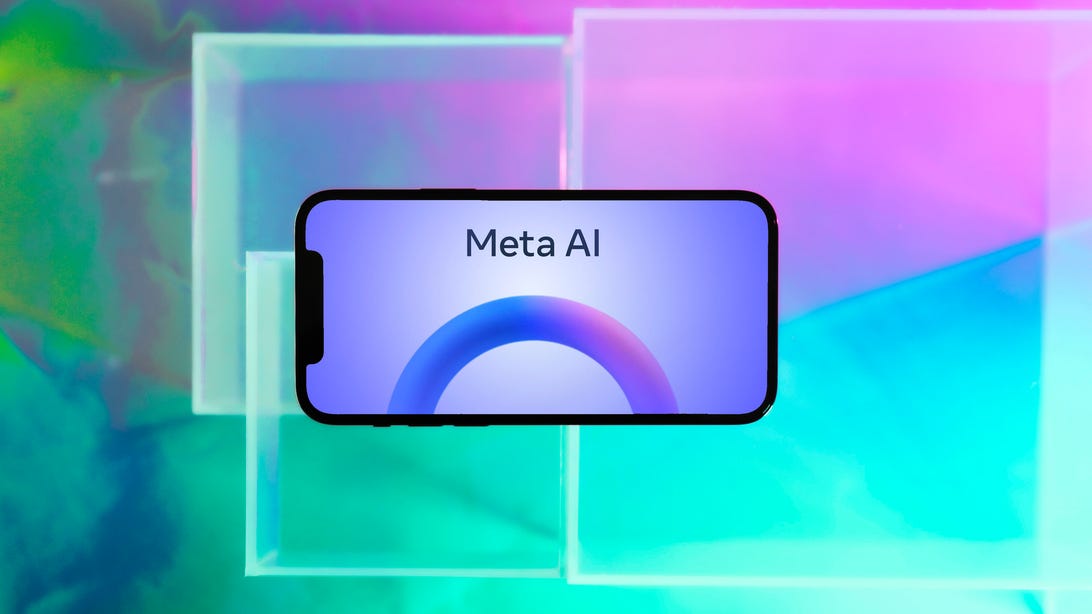




































































































































![[The AI Show Episode 143]: ChatGPT Revenue Surge, New AGI Timelines, Amazon’s AI Agent, Claude for Education, Model Context Protocol & LLMs Pass the Turing Test](https://www.marketingaiinstitute.com/hubfs/ep%20143%20cover.png)



































































































































![From drop-out to software architect with Jason Lengstorf [Podcast #167]](https://cdn.hashnode.com/res/hashnode/image/upload/v1743796461357/f3d19cd7-e6f5-4d7c-8bfc-eb974bc8da68.png?#)
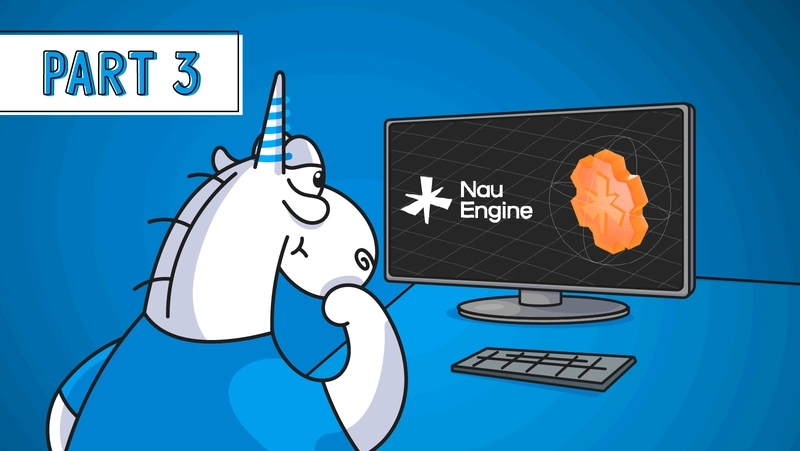
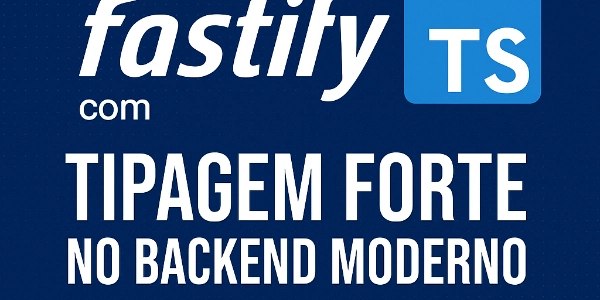













































































































.png?width=1920&height=1920&fit=bounds&quality=70&format=jpg&auto=webp#)


.png?width=1920&height=1920&fit=bounds&quality=70&format=jpg&auto=webp#)






























































































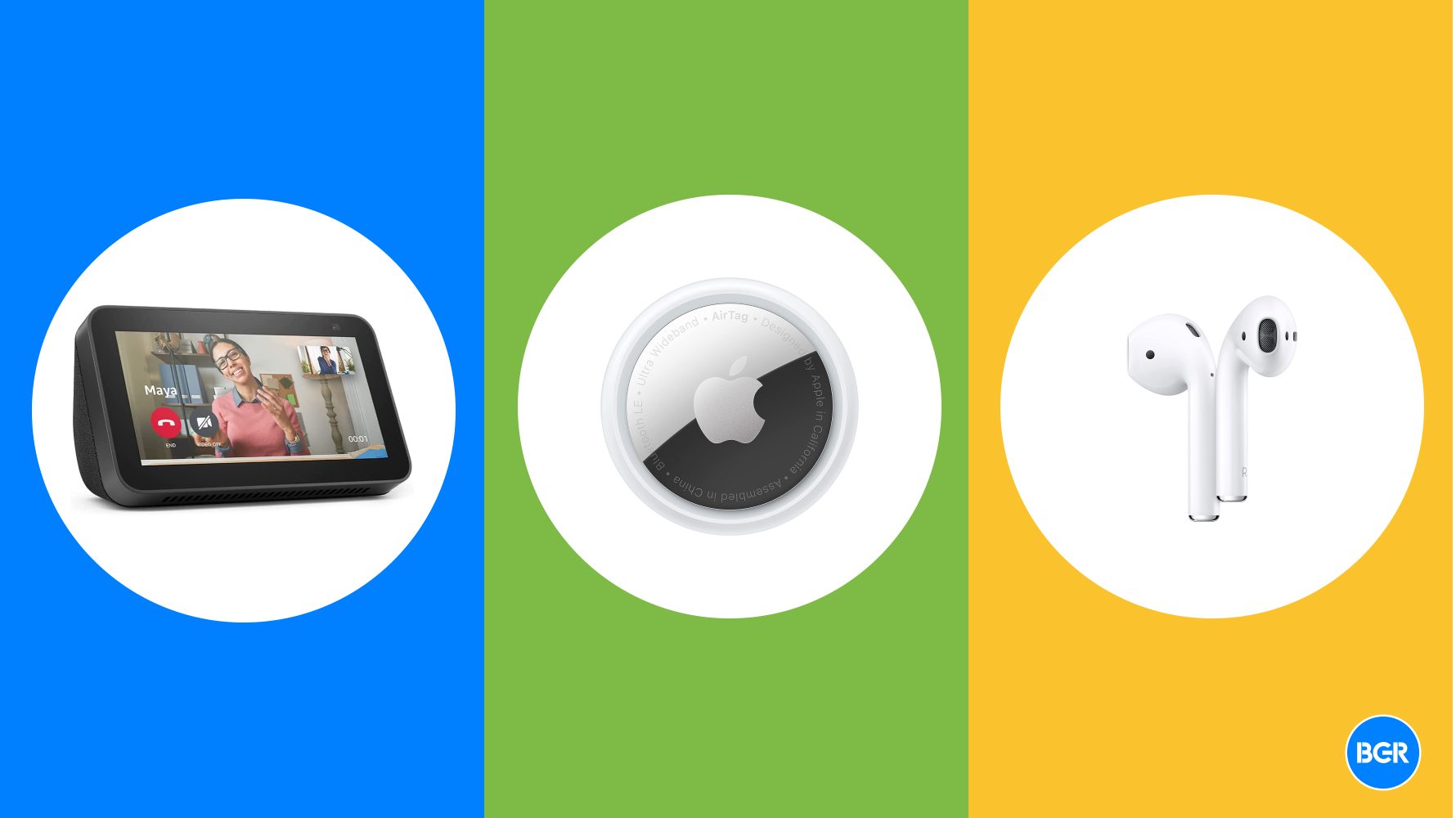










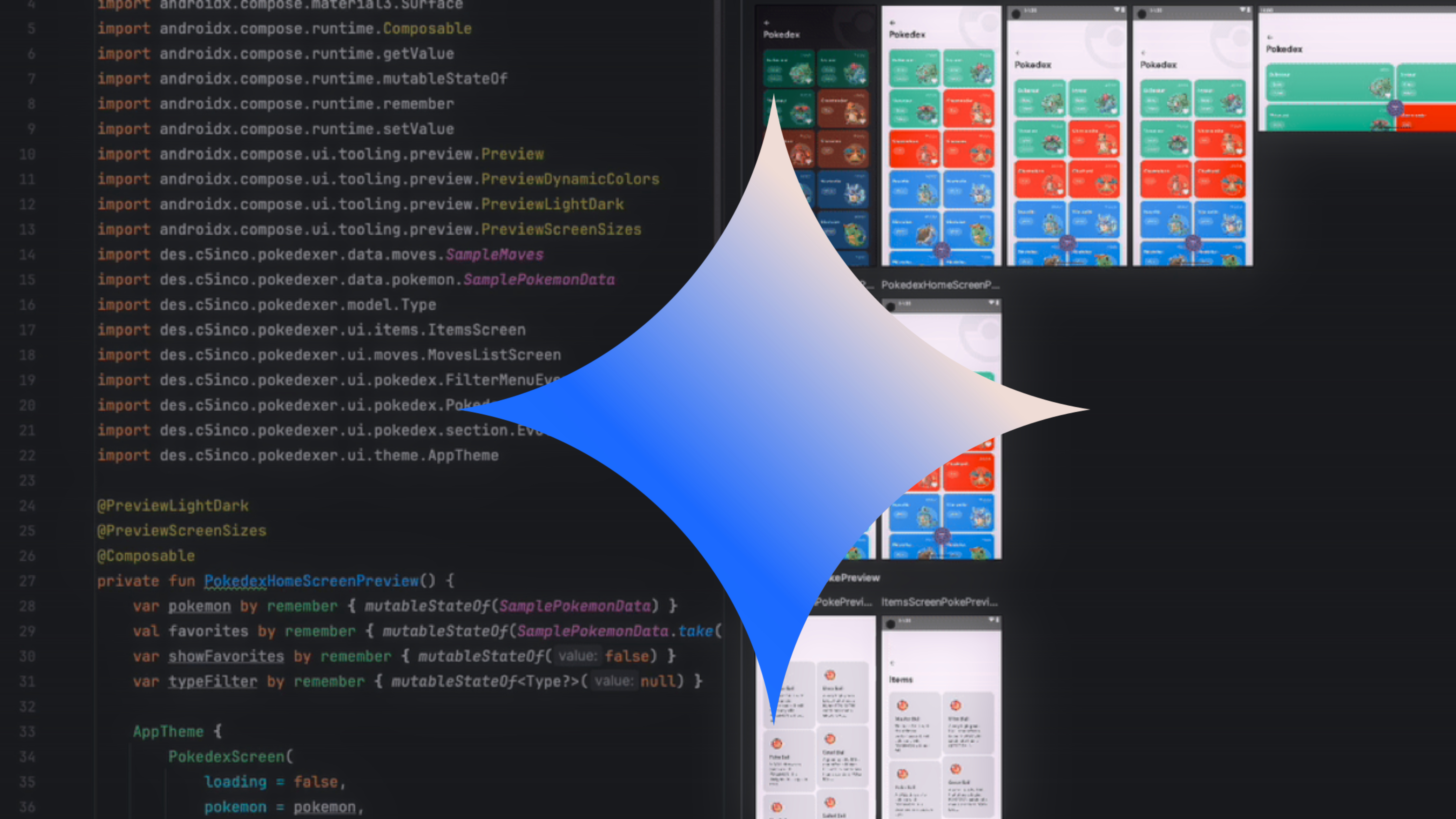


























![Apple Rushes Five Planes of iPhones to US Ahead of New Tariffs [Report]](https://www.iclarified.com/images/news/96967/96967/96967-640.jpg)
![Apple Vision Pro 2 Allegedly in Production Ahead of 2025 Launch [Rumor]](https://www.iclarified.com/images/news/96965/96965/96965-640.jpg)



















![3 big talking points after Daredevil Born Again episode 8: why did Daredevil save [spoiler], who really killed Foggy in the Marvel TV show, and more](https://cdn.mos.cms.futurecdn.net/FpR4EjKc9Pgn4VSqYqqoc3.jpg?#)
